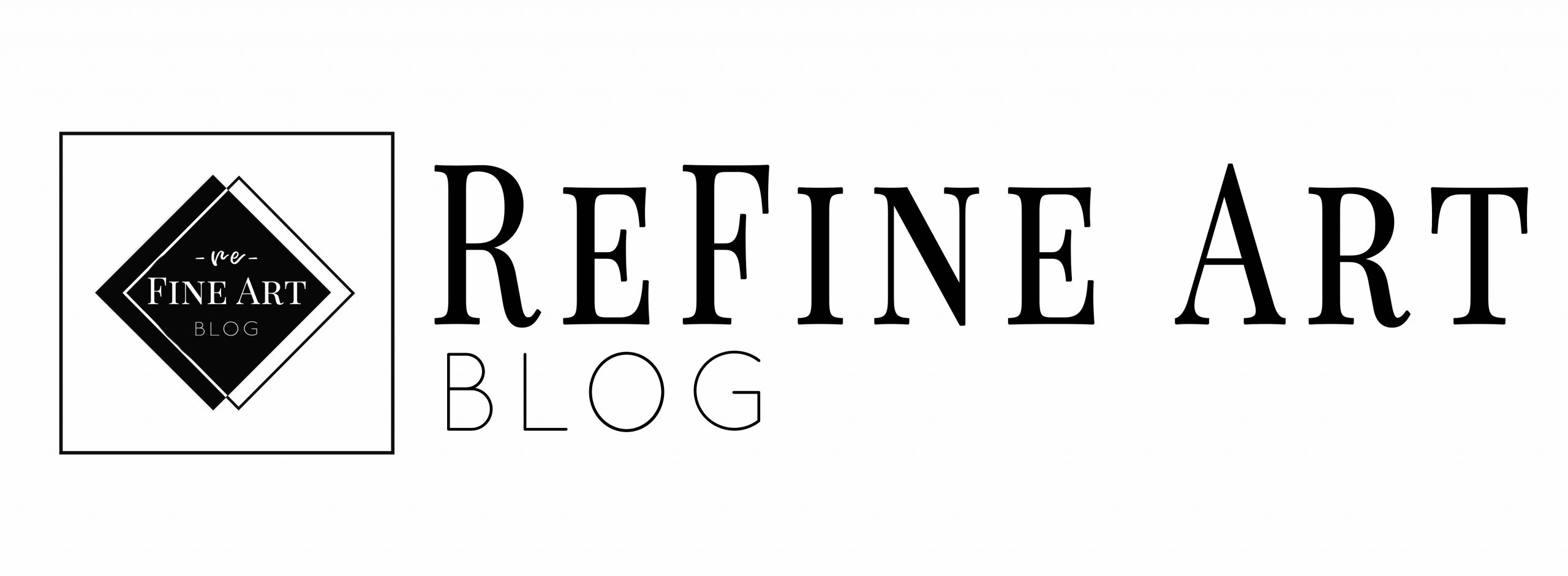Is tracing really a bad practice?
Many artists and other professionals argue that “if you’re tracing, you’re not a real artist”. Needless to say, this it’s one of the most controversial topics in art community and everyone is entitled to their opinion. That being said, everything I write in this post is strictly my own opinion and some facts that support my argument.

Jean-Baptiste Regnault, “The Origin of Painting”, 1786
Let’s begin with a bit of history. According to Pliny the Elder, Roman historian who wrote Natural History, one of the very first paintings was in fact a traced silhouette. According to the legend, a young woman in a small town in Greece was saying good-bye to her lover before he went out on a long journey when she noticed his shadow on a wall and picked up a charred stick to trace it in an attempt to save his likeness. This story reappeared in many paintings and drawings as an origin of a history of painting. Take for example the top painting by a French artist Jean-Baptiste Regnault “The Origin of Painting: Debutades Tracing the Portrait of a Shepherd”, 1786.

David Allan, “The Origin of Painting”, 1775
Another example is by Scottish artist David Allan, “The Origin of Painting”, 1775.
So coming back to our question, is tracing really a bad thing? In my opinion, it is not. To a degree. Why?
Tracing as a way of learning

No one is born with a set of strong drawing skills, some of us are more observant and learn from the environment, some pick up knowledge from books and classes, but any way you look at it we all learn by copying. Just like musicians learn by playing classical music and popular melodies before they get to create their own, we all start by building our libraries and image galleries in our minds that we later can freely use as a set of tools in creating something of our own. Being a kid, I could not have any book I wanted or “google” any drawing tutorial, but I loved drawing and naturally I started tracing objects in magazines and books I already had to get a sense of shape, proportion, hand movement, and precision. Only later I got my hands on a book of drawing that introduced a technique of breaking complicated shapes into simpler geometric shapes that are easier to comprehend and use as guides for learning proportions.
Looking back at my learning experience, I realize that maybe learning by tracing was not the most effective way, but at the time I had no choice, only strong determination to improve my skills. And it worked, I got better. It is a very limiting technique because it doesn’t teach the fundamentals of drawing, but if you want to draw and don’t know where to start, go for it and don’t listen to what the others say. The main thing to remember: NEVER CLAIM A TRACED ARTWORK AS YOUR OWN, just practice in your sketchbook and don’t share it with the world with your name on the artwork! As long as you are determined to improve your skills and use tracing for learning, it will only be a tool in your hands not an end point. Those who don’t have the desire to become an artist won’t get beyond the traced silhouette, you have to have your vision to make a work of art, you have to have skills to make your work of art feel complete. Therefore, if you are using tracing only as one of the tools to get better, or save time and focus on other more important details of your art process, no one will ask how you got to the end point because your touch will be there and it’s all that matters. Many modern artists and designers trace even in their professional practices, but only a few dare to admit that because of a fear of being shamed and called unprofessional. But if you only use it as a beginning point which you later build on using your vision and skills, does it really matter how you got the end result?
Embrace your art practice, find your confidence in your process, do what feels right. Controversial topics will always find their way into people’s professional and daily lives, but don’t let it compromise your vision and success. And remember, the entire history of art started with tracing and no one judges the first artist or questions their credibility, to us they remain artists, pioneers in art history because they dared to create and it’s the main challenge we still face today, daring to create.
Thank you for reading! I hope you find this article interesting and I would love to hear your opinion on the topic of tracing in the comments 😉

